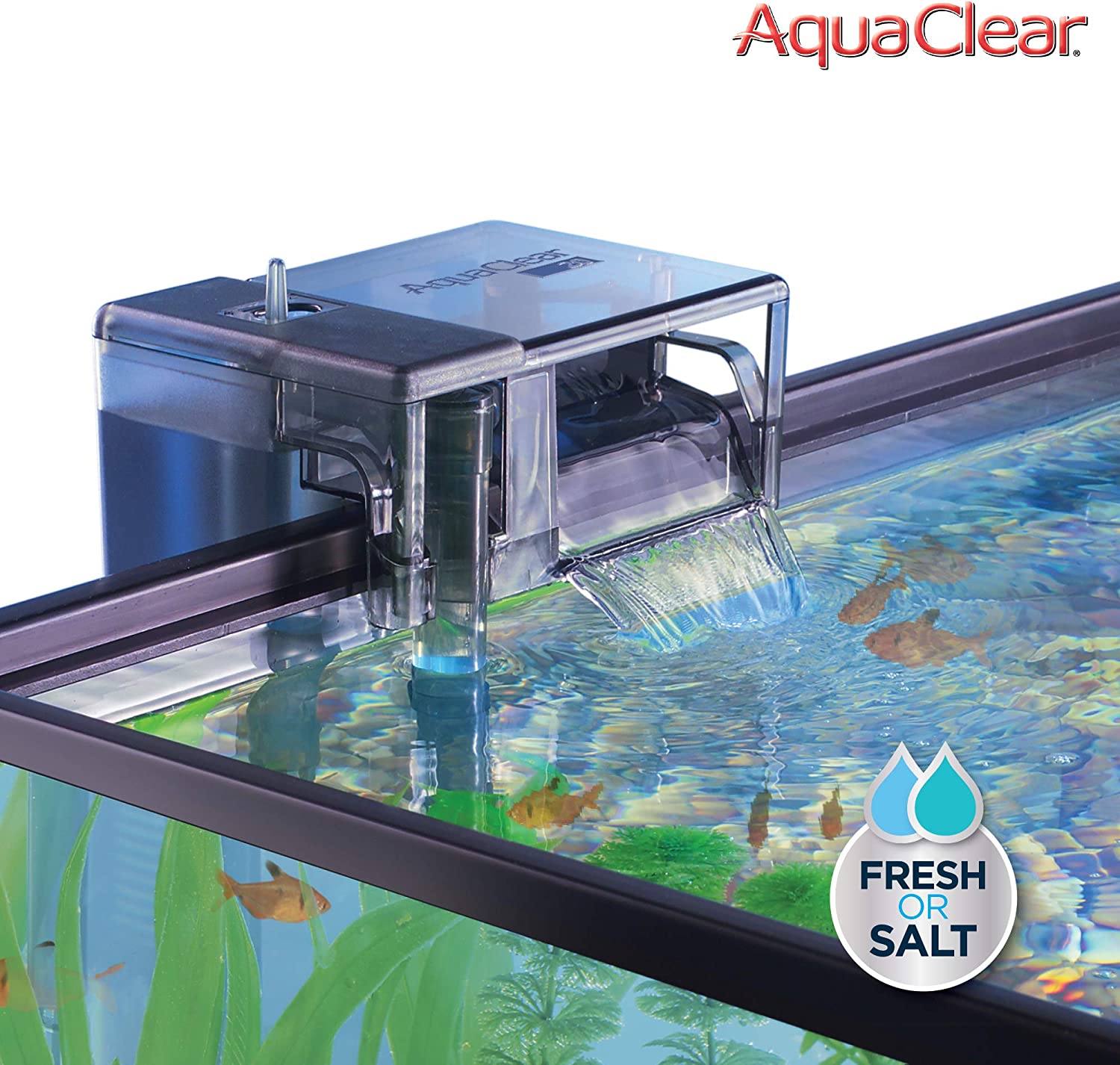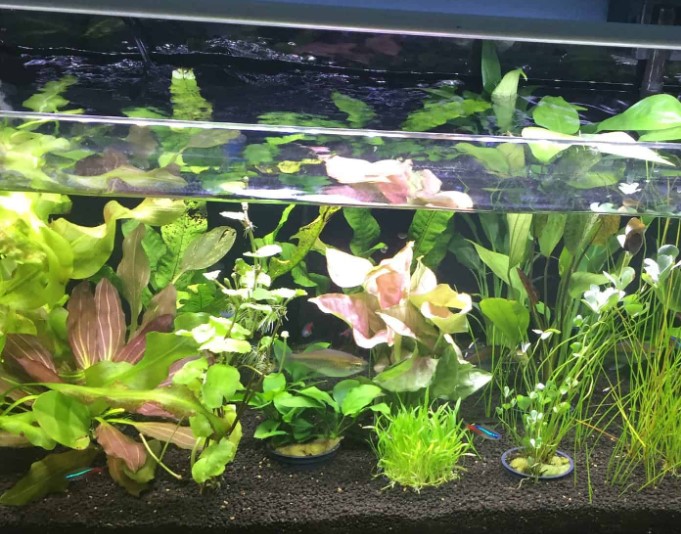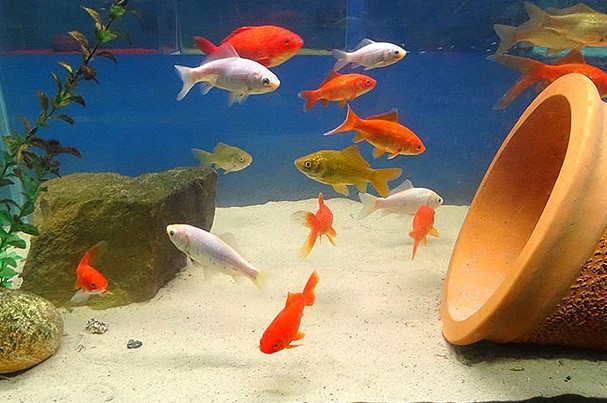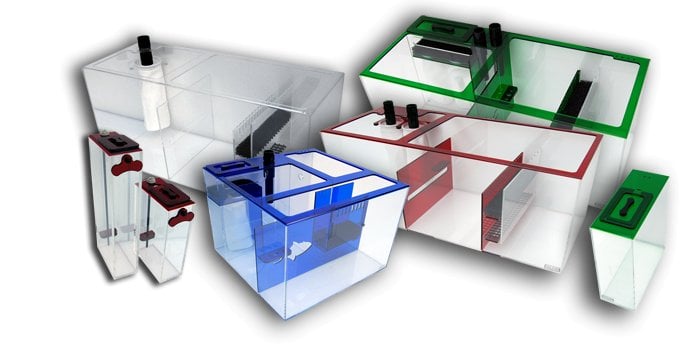Fish Tank Filter Stopped Working After Cleaning
Picture this: you’ve just finished cleaning your fish tank, feeling accomplished and proud of your sparkling tank. But then, disaster strikes! Your fish tank filter stops working. Panic sets in as you wonder what could have gone wrong. Don’t worry, you’re not alone. Many aquarium owners have faced this frustrating issue. In this article, we will explore the reasons why your fish tank filter may have stopped working after cleaning and offer solutions to get it back up and running smoothly.
Why did my fish tank filter stop working after cleaning?
Cleaning your fish tank filter is essential for maintaining a healthy and balanced aquatic environment. However, there are several reasons why your filter may have stopped working after cleaning:
1. Clogged impeller: The impeller is the part of the filter responsible for drawing water into the system. It can become clogged with debris or algae, hindering its ability to function properly.
2. Airlock: Sometimes, air can get trapped within the filter, preventing water from flowing through. This can happen if the filter was not properly primed after cleaning or if there is a leak in the system.
3. Mechanical failure: Filters, like any mechanical device, can experience wear and tear over time. It’s possible that a component in your filter has malfunctioned or worn out, causing it to stop working.
4. Incorrect reassembly: If you disassembled your filter for cleaning and didn’t put it back together correctly, it may not function as intended.
Now that we’ve identified the potential causes, let’s delve into each one in more detail and explore possible solutions.
1. Clogged impeller
The impeller is a crucial component of the filter that can easily become clogged with debris. To check if this is the issue, follow these steps:
1. Unplug the filter from the power source.
2. Remove the filter cover and locate the impeller.
3. Inspect the impeller for any visible signs of clogging such as algae or debris.
4. Use a soft-bristled brush or toothbrush to gently clean the impeller, removing any obstructions.
5. Reassemble the filter and plug it back in.
If the impeller was the problem, cleaning it should restore normal function to your filter.
2. Airlock
An airlock occurs when air becomes trapped within the filter, preventing the water from flowing properly. To fix an airlock, try the following steps:
1. Turn off and unplug the filter from the power source.
2. Check for any visible signs of leaking or loose connections.
3. Look for an air release valve or priming button on the filter and use it to release any trapped air.
4. If your filter doesn’t have an air release valve, try gently tilting or shaking it to help dislodge any air bubbles.
5. Plug the filter back in and allow it to run for a few minutes to ensure the airlock is resolved.
If the filter was airlocked, this should restore the water flow and get it working again.
3. Mechanical failure
Unfortunately, mechanical failures can happen with filters, especially as they age. If you suspect a mechanical issue, consider the following steps:
1. Unplug the filter and disassemble it, following the manufacturer’s instructions.
2. Inspect each component for signs of damage or wear, paying close attention to the motor, impeller, and O-rings.
3. Replace any damaged or worn parts as needed, following the manufacturer’s recommendations.
4. Reassemble the filter, ensuring that all components are properly aligned and secured.
5. Plug the filter back in and test its operation.
If a specific component has failed, replacing it should resolve the issue and restore the filter to working condition.
4. Incorrect reassembly
Sometimes, the simplest explanation is the correct one. If you recently cleaned your filter and it stopped working, double-check that you reassembled it correctly. Refer to the manufacturer’s instructions or online resources for guidance, if needed. Pay close attention to the placement of O-rings, seals, and any other components that may affect the filter’s function.
Familiarize yourself with the correct assembly process and ensure that all connections are secure. Once you’ve confirmed that everything is in order, plug the filter back in and see if it starts working again.
Frequently Asked Questions
1: How often should I clean my fish tank filter?
The frequency of filter cleaning depends on several factors, including the size of your tank, the number of fish, and the type of filter you have. As a general guideline, aim to clean your filter every 2-4 weeks, or whenever you notice reduced water flow or visible debris build-up.
2: Can I use tap water to clean my filter?
It is generally recommended to use aquarium water when cleaning your filter. Tap water may contain chlorine or other chemicals that can harm beneficial bacteria in your tank. If you must use tap water, let it sit in a container for 24 hours to allow chlorine to dissipate or use a water conditioner that removes chlorine.
3: How can I prevent my filter from clogging?
Regular maintenance is key to preventing filter clogs. This includes cleaning the filter media, performing partial water changes, and avoiding overfeeding your fish. Additionally, consider adding pre-filter sponges or filter floss to catch larger debris before it reaches the main filter.
4: Should I replace or repair my filter?
The decision to replace or repair your filter depends on the extent of the damage and the cost of replacement parts. If the filter is relatively new and the repair is simple and cost-effective, repairing it may be the best option. However, if the damage is extensive or the filter is old, it may be more practical to invest in a new filter.
Final Thoughts
Cleaning your fish tank filter is an essential part of maintaining a healthy and thriving aquatic environment. While it can be frustrating when the filter stops working after cleaning, it’s important not to panic. By identifying the potential causes and following the steps outlined in this article, you can troubleshoot the issue and get your filter up and running again. Remember to consult the manufacturer’s instructions, seek professional advice if necessary, and always prioritize the well-being of your aquatic pets. Happy fishkeeping!






